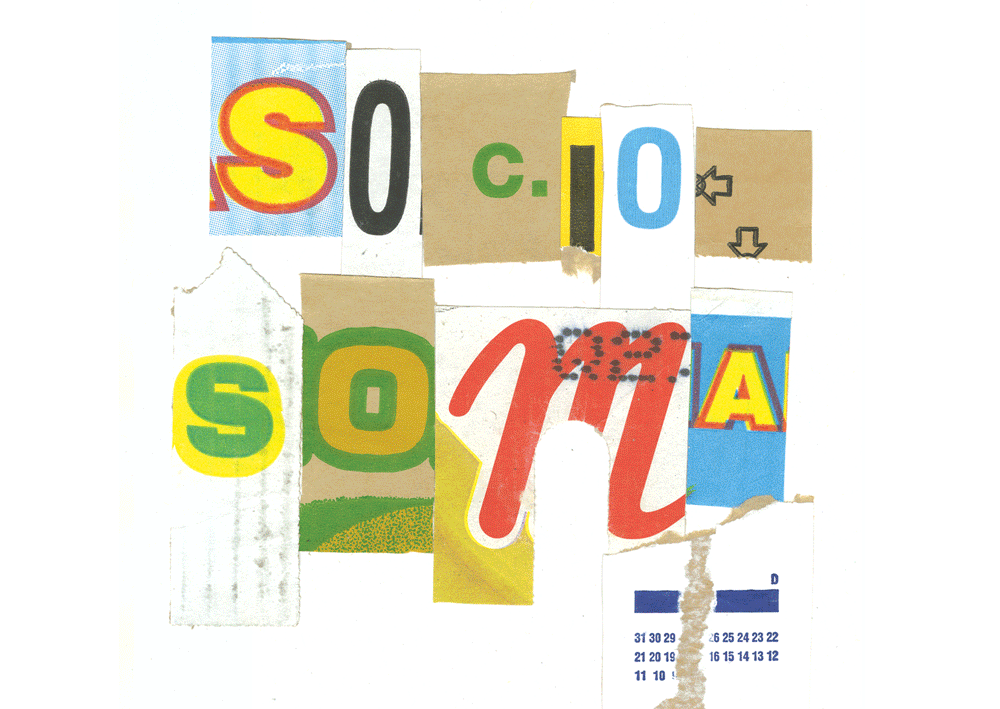November 2020 / Woolloon Going Up

Sharing some images of construction in progress on Inkahoots' latest public artwork for BHC. The work wraps the side of an eight story development in Woolloongabba providing 32 new affordable homes for people in need, including homes for essential workers and young people and their families.
The work stands in solidarity with local First Nations peoples, using a symbolic graphic pattern to optically hide and reveal the Indigenous derived name for the suburb. One interpretation of 'Woolloongabba' is 'whirling waters', after a chain of waterholes that flowed through the region, likely teeming with fish and birdlife. When the Europeans arrived they called it 'One Mile Swamp'. The contrasting cultural perspectives are clear and tragic: a life-affirming dynamism... vs contempt (the 'swamp' was drained and filled by 1889). The 21 metre high graphic pattern morphs from fluid lines to rigid grid, and the word 'Woolloon' appears from certain sight lines and at certain distances.
Huge thanks to Shane and crew from Insigniature Signs for putting it all together so beautifully. Also to Joe and Greg from BHC, and Karen and Cate from KO & Co Architecture for making it all happen.













Micah 30th Posters

Zed Talks

Send us your Zeds!

Headlands Revisited

Incidental Urban Anthropology #007

Beijing

Incidental Urban Anthropology #006

Talking Rocks

Melbourne book launch

Trace Biennial 2023

Brisbane book launch

Incidental Urban Anthropology #005

Collecting Arrows

Resurrections #003

Resurrections #002

Resurrections #001






















































































































